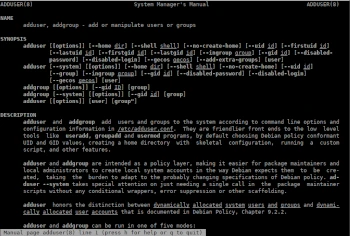Dzisiejszy wpis z serii Porady Admina poświęcony jest poleceniu locate. Polecenie locate w systemie Linux jest używane do wyszukiwania plików
Źródło
admin
Porady Admina: locale
W dzisiejszym wpisie z cyklu Porady Admina zajmiemy się poleceniem locale. Polecenie locale wyświetla informacje o bieżącym ustawieniu regionalnym lub
Źródło
TOP 10 Linux commands 2024
In the next list of the 10 Most… I have listed the 10 most popular commands … TOP 10 Linux commands 2024Read more

